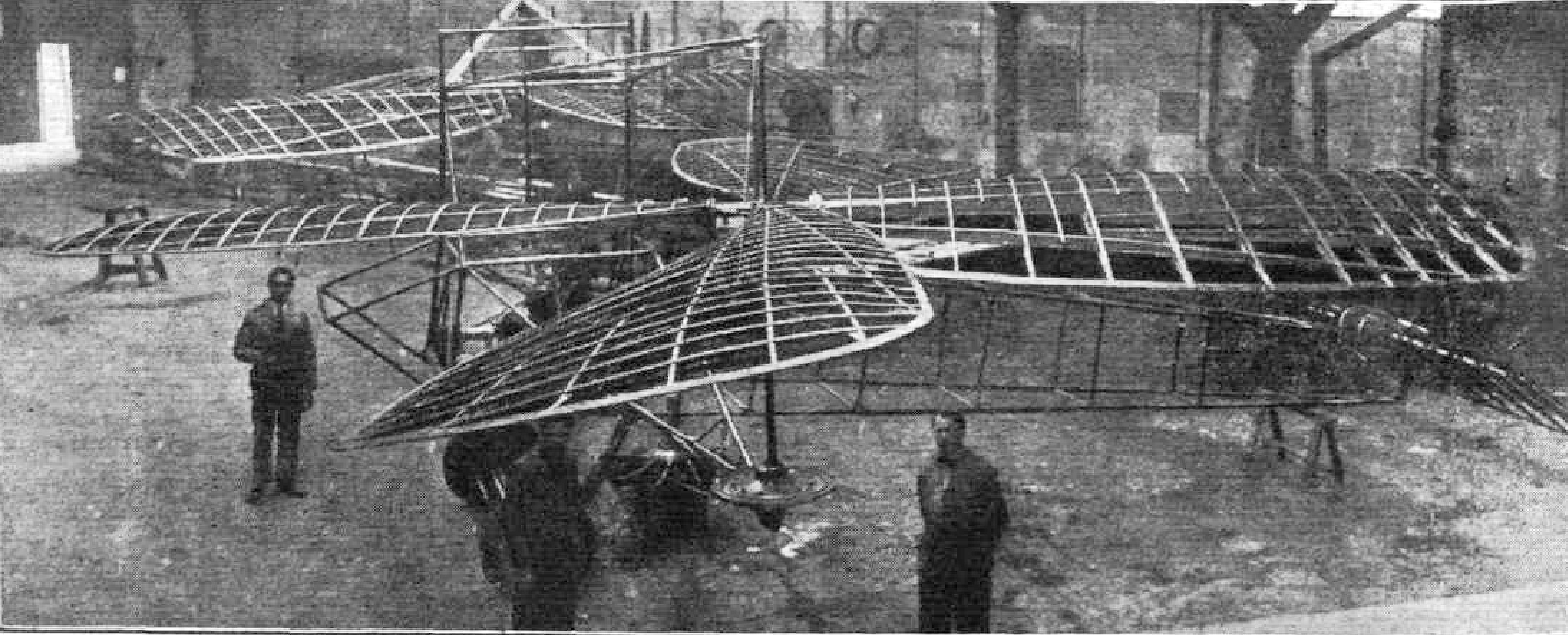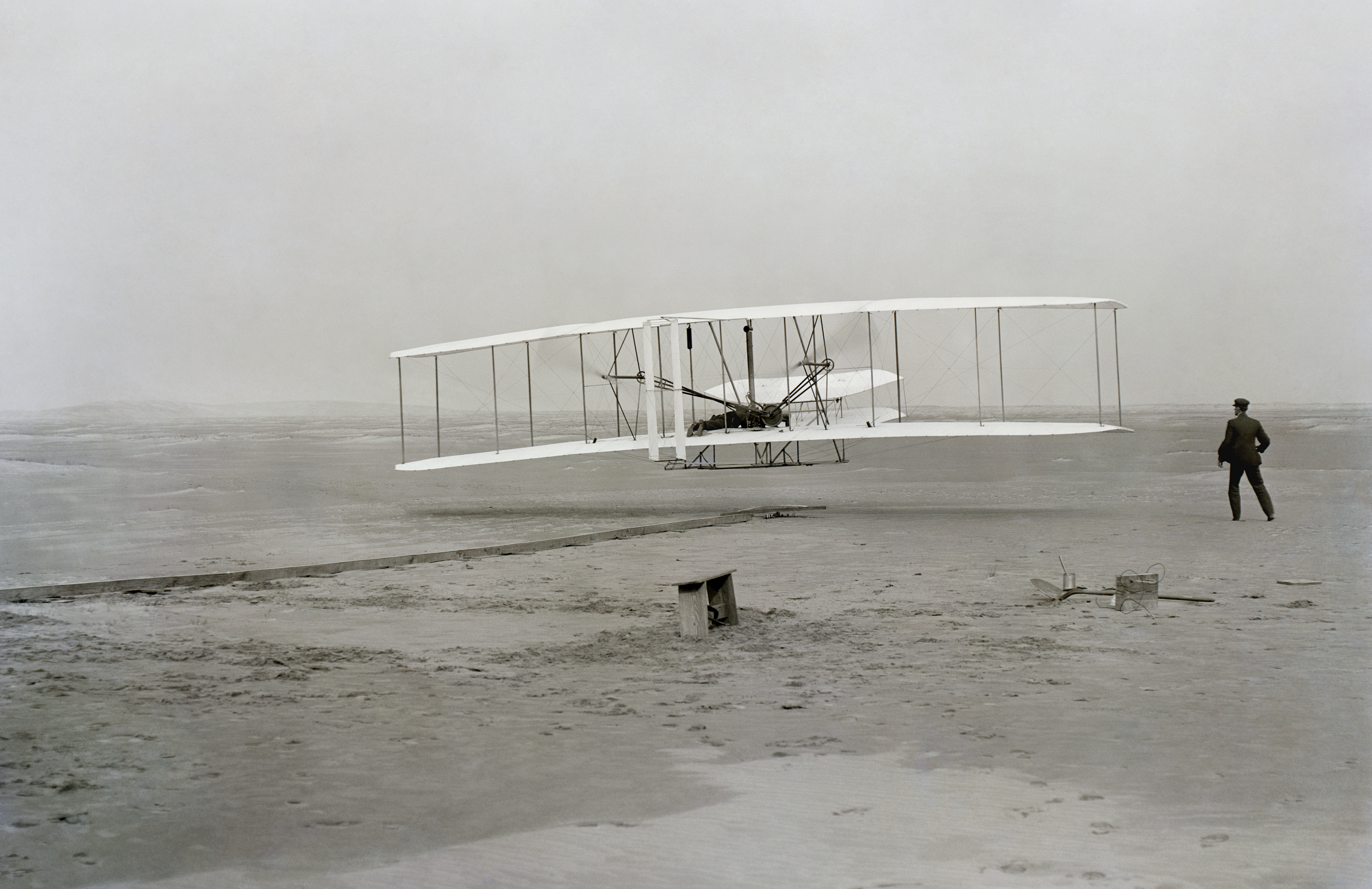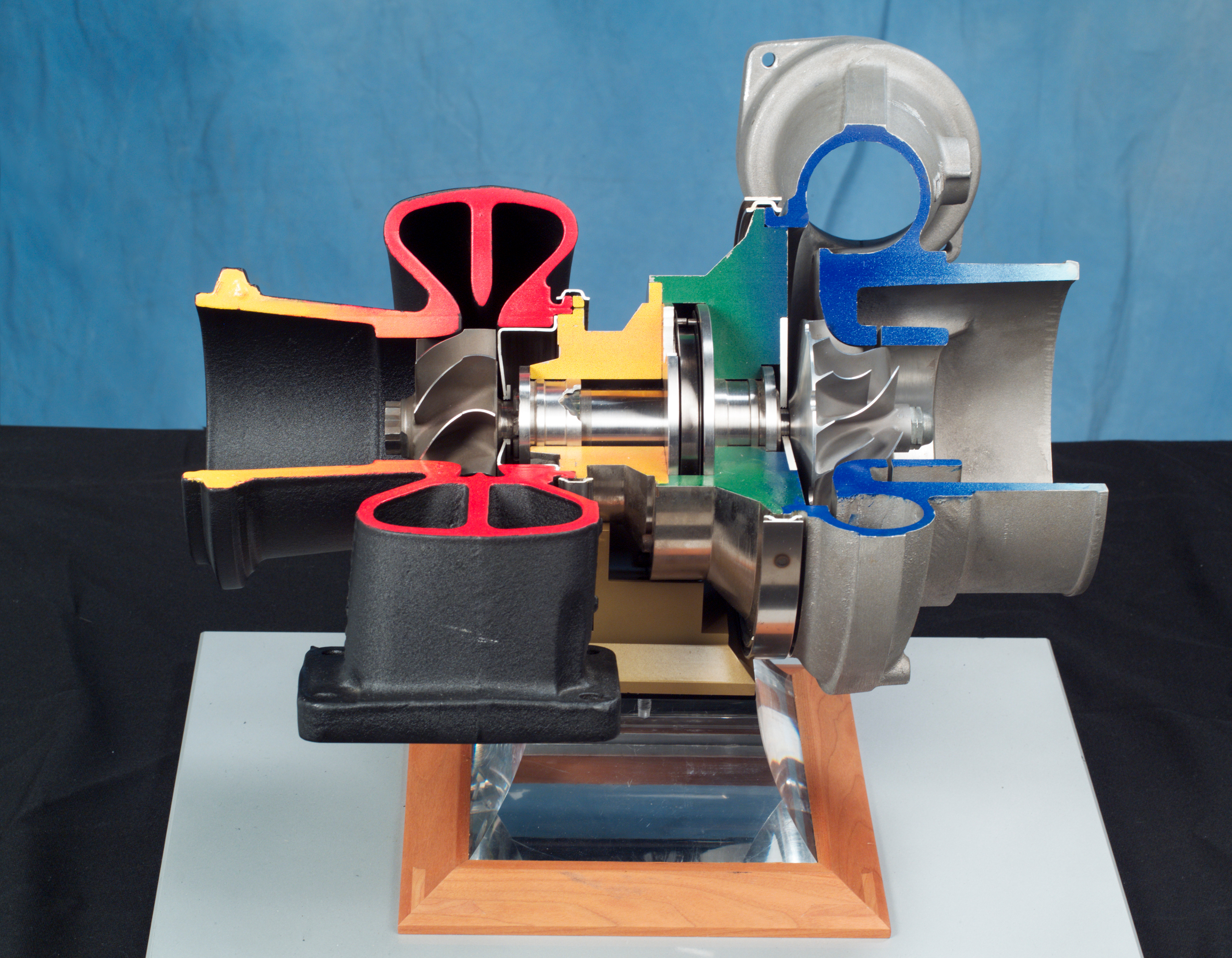|
Trixy Liberty
The Trixy Liberty is an Austrian autogyro designed and produced by Trixy Aviation Products of Dornbirn. The aircraft is supplied complete and ready-to-fly.Tacke, Willi; Marino Boric; et al: ''World Directory of Light Aviation 2015-16'', page 200. Flying Pages Europe SARL, 2015. Design and development The Liberty was designed as an entry-level, open cockpit gyroplane, although it has an optional cabin canopy enclosure. It features a single main rotor, a two-seats-in tandem open cockpit with a windshield, tricycle landing gear without wheel pants, plus a tail caster and a four-cylinder, liquid and air-cooled, four stroke Rotax 912 or turbocharged Rotax 914 engine in pusher configuration. The aircraft fuselage is made from composites. Its two-bladed rotor has a diameter of . The aircraft has a typical empty weight of and a gross weight of , giving a useful load of . Unlike many other autogyro builders, Trixy Aviation uses a swash plate in its rotor head designs, rather than a ti ... [...More Info...] [...Related Items...] OR: [Wikipedia] [Google] [Baidu] |
WikiProject Aircraft
A WikiProject, or Wikiproject, is a Wikimedia movement affinity group for contributors with shared goals. WikiProjects are prevalent within the largest wiki, Wikipedia, and exist to varying degrees within Wikimedia project, sister projects such as Wiktionary, Wikiquote, Wikidata, and Wikisource. They also exist in different languages, and translation of articles is a form of their collaboration. During the COVID-19 pandemic, CBS News noted the role of Wikipedia's WikiProject Medicine in maintaining the accuracy of articles related to the disease. Another WikiProject that has drawn attention is WikiProject Women Scientists, which was profiled by ''Smithsonian Magazine, Smithsonian'' for its efforts to improve coverage of women scientists which the profile noted had "helped increase the number of female scientists on Wikipedia from around 1,600 to over 5,000". On Wikipedia Some Wikipedia WikiProjects are substantial enough to engage in cooperative activities with outside organization ... [...More Info...] [...Related Items...] OR: [Wikipedia] [Google] [Baidu] |
Rotax 912
The Rotax 912 is a horizontally-opposed four-cylinder, naturally aspirated, four-stroke aircraft engine with a reduction gearbox. It features liquid-cooled cylinder heads and air-cooled cylinders. Originally equipped with carburetors, later versions are fuel injected. Dominating the market for small aircraft and kitplanes, Rotax produced its 50,000th 912-series engine in 2014. Originally available only for light sport aircraft, ultralight aircraft, autogyros and drones, the 912-series engine was approved for certified aircraft in 1995. Design and development The Rotax 912 was first sold in 1989 in non- certificated form for use in ultralights and motorgliders. The original 912 UL engine has a capacity of and a compression ratio of 9.1:1. The engine differs from previous generation aircraft engines (such as the Lycoming O-235) in that it has air-cooled cylinders with liquid-cooled heads and uses a 2.43:1 PSRU reduction gearbox to reduce the engine's relativel ... [...More Info...] [...Related Items...] OR: [Wikipedia] [Google] [Baidu] |
Trixy Aviation Products Aircraft
Trixy Aviation Products GmbH is an Austrian aircraft manufacturer based in Dornbirn, that was founded by Rainer Farrag. The company specializes in the design and manufacture of autogyros.Bayerl, Robby; Martin Berkemeier; et al: ''World Directory of Leisure Aviation 2011-12'', page 187. WDLA UK, Lancaster UK, 2011. History Trixy Aviation Products was founded in late 2010 with the aim of developing a roadable aircraft. Farrag recognized that most past roadable aircraft designs were not practical because they did not operate well on roads, due to the bulk of wings or rotors, parking problems, mechanical complexity and the high price tag associated with a dual use vehicle. Furthermore, one vehicle cannot fill all missions and aviation regulations restrict the operation of aircraft largely to airports, not permitting flying from residential driveways. Farrag's approach was instead his project TRIXYZ, an electric motorcycle that could be docked to create an airplane, autogyro, helico ... [...More Info...] [...Related Items...] OR: [Wikipedia] [Google] [Baidu] |
List Of Rotorcraft
This is a list of rotorcraft, including helicopters, autogyros, rotor kites and convertiplanes. A A-B Helicopters * A-B Helicopters A/W 95 American Aircraft International * AAI Penetrator Aero *Aero HC-2 Heli Baby Aero-Astra * Aero-Astra Okhotnik 1 Aero Eli Serviza *Aero Eli Serviza Yo-Yo 222 Aerokopter * Aerokopter AK1-3 Sanka Aerospace General * Aerospace General Mini-Copter Aérospatiale * Aérospatiale Alouette II *Aérospatiale Alouette III * Aérospatiale Cougar *Aérospatiale Dauphin * Aérospatiale Djinn * Aérospatiale Ecureuil * Aérospatiale Gazelle * Aérospatiale Lama * Aérospatiale Puma *Aérospatiale Super Frelon *Aérospatiale Super Puma Aerotécnica * Aerotécnica AC-11 * Aerotécnica AC-12 * Aerotécnica AC-14 Agusta * Agusta AZ.101G * Agusta AB.102 * Agusta A103 * Agusta A104 Helicar * Agusta A105 *Agusta A106 * Agusta A109 * Agusta A115 * Agusta A119 Koala *Agusta A129 Mangusta AgustaWestland * AgustaWestland AW10 ... [...More Info...] [...Related Items...] OR: [Wikipedia] [Google] [Baidu] |
Aircraft Engine
An aircraft engine, often referred to as an aero engine, is the power component of an aircraft propulsion system. Most aircraft engines are either piston engines or gas turbines, although a few have been rocket powered and in recent years many small UAVs have used electric motors. Manufacturing industry In commercial aviation the major Western manufacturers of turbofan engines are Pratt & Whitney (a subsidiary of Raytheon Technologies), General Electric, Rolls-Royce, and CFM International (a joint venture of Safran Aircraft Engines and General Electric). Russian manufacturers include the United Engine Corporation, Aviadvigatel and Klimov. Aeroengine Corporation of China was formed in 2016 with the merger of several smaller companies. The largest manufacturer of turboprop engines for general aviation is Pratt & Whitney. General Electric announced in 2015 entrance into the market. Development history * 1848: John Stringfellow made a steam engine for a 10-foot ... [...More Info...] [...Related Items...] OR: [Wikipedia] [Google] [Baidu] |
Rotax 912ULS
The Rotax 912 is a horizontally-opposed four-cylinder, naturally aspirated, four-stroke aircraft engine with a reduction gearbox. It features liquid-cooled cylinder heads and air-cooled cylinders. Originally equipped with carburetors, later versions are fuel injected. Dominating the market for small aircraft and kitplanes, Rotax produced its 50,000th 912-series engine in 2014. Originally available only for light sport aircraft, ultralight aircraft, autogyros and drones, the 912-series engine was approved for certified aircraft in 1995. Design and development The Rotax 912 was first sold in 1989 in non- certificated form for use in ultralights and motorgliders. The original 912 UL engine has a capacity of and a compression ratio of 9.1:1. The engine differs from previous generation aircraft engines (such as the Lycoming O-235) in that it has air-cooled cylinders with liquid-cooled heads and uses a 2.43:1 PSRU reduction gearbox to reduce the engine's relatively hig ... [...More Info...] [...Related Items...] OR: [Wikipedia] [Google] [Baidu] |
Swash Plate
A swashplate, also known as slant disk, was invented by Anthony Michell in 1917. It is a mechanical engineering device used to translate the motion of a rotating shaft into reciprocating motion, or vice versa. The working principle is similar to crankshaft, Scotch yoke, or wobble/nutator/Z-crank drives, in engine designs. It was originally invented to replace a crankshaft, and is one of the most popular concepts used in crankless engines. Construction A swashplate consists of a disk attached to a shaft. If the disk were aligned perpendicular to the shaft, then rotating the shaft would merely turn the disk with no reciprocating (or ''swashplate'') effect. But instead the disk is mounted at an oblique angle, which causes its edge to appear to describe a path that oscillates along the shaft's length as observed from a non-rotating point of view away from the shaft. The greater the disk's angle to the shaft, the more pronounced is this apparent linear motion. The apparent linear mo ... [...More Info...] [...Related Items...] OR: [Wikipedia] [Google] [Baidu] |
Fuselage
The fuselage (; from the French ''fuselé'' "spindle-shaped") is an aircraft's main body section. It holds crew, passengers, or cargo. In single-engine aircraft, it will usually contain an engine as well, although in some amphibious aircraft the single engine is mounted on a pylon attached to the fuselage, which in turn is used as a floating hull. The fuselage also serves to position the control and stabilization surfaces in specific relationships to lifting surfaces, which is required for aircraft stability and maneuverability. Types of structures Truss structure This type of structure is still in use in many lightweight aircraft using welded steel tube trusses. A box truss fuselage structure can also be built out of wood—often covered with plywood. Simple box structures may be rounded by the addition of supported lightweight stringers, allowing the fabric covering to form a more aerodynamic shape, or one more pleasing to the eye. Geodesic construction Ge ... [...More Info...] [...Related Items...] OR: [Wikipedia] [Google] [Baidu] |
Pusher Configuration
In an aircraft with a pusher configuration (as opposed to a tractor configuration), the propeller(s) are mounted behind their respective engine(s). Since a pusher propeller is mounted behind the engine, the drive shaft is in compression in normal operation. Pusher configuration describes this specific (propeller or ducted fan) thrust device attached to a craft, either aerostat (airship) or aerodyne (aircraft, WIG, paramotor, rotorcraft) or others types such as hovercraft, airboat and propeller-driven snowmobiles. "Pusher configuration" also describes the layout of a fixed-wing aircraft in which the thrust device has a pusher configuration. This kind of aircraft is commonly called a pusher. Pushers have been designed and built in many different layouts, some of them quite radical. History The rubber-powered "Planophore", designed by Alphonse Pénaud in 1871, was an early successful model aircraft with a pusher propeller. Many early aircraft (especially biplane ... [...More Info...] [...Related Items...] OR: [Wikipedia] [Google] [Baidu] |
Rotax 914
The Rotax 914 is a turbo-charged, four-stroke, four-cylinder, horizontally opposed aircraft engine with air-cooled cylinders and water-cooled cylinder heads. It is designed and built by the Austrian company BRP-Powertrain, owned by Bombardier Recreational Products (BRP), as part of its Rotax brand.Bayerl, Robby; Martin Berkemeier; et al: ''World Directory of Leisure Aviation 2011-12'', pages 242-243. WDLA UK, Lancaster UK, 2011. Tacke, Willi; Marino Boric; et al: ''World Directory of Light Aviation 2015-16'', pages 260-261. Flying Pages Europe SARL, 2015. The engine commonly powers certified light aircraft, homebuilt aircraft, autogyros and military UAVs such as the MQ-1 Predator. Design and development Introduced in 1996, the Rotax 914 is a turbocharged development of the Rotax 912. The Rotax 914 has a turbocharger with an automatic wastegate controller and dual carburettors. It features dual capacitor discharge ignition, liquid-cooled cylinder heads and air-coole ... [...More Info...] [...Related Items...] OR: [Wikipedia] [Google] [Baidu] |
Turbocharged
In an internal combustion engine, a turbocharger (often called a turbo) is a forced induction device that is powered by the flow of exhaust gases. It uses this energy to compress the intake gas, forcing more air into the engine in order to produce more power for a given displacement. The current categorisation is that a turbocharger is powered by the kinetic energy of the exhaust gasses, whereas a is mechanically powered (usually by a belt from the engine's crankshaft). However, up until the mid-20th century, a turbocharger was called a "turbosupercharger" and was considered a type of supercharger. History Prior to the invention of the turbocharger, |
Four Stroke
A four-stroke (also four-cycle) engine is an internal combustion (IC) engine in which the piston completes four separate strokes while turning the crankshaft. A stroke refers to the full travel of the piston along the cylinder, in either direction. The four separate strokes are termed: #Intake: Also known as induction or suction. This stroke of the piston begins at top dead center (T.D.C.) and ends at bottom dead center (B.D.C.). In this stroke the intake valve must be in the open position while the piston pulls an air-fuel mixture into the cylinder by producing vacuum pressure into the cylinder through its downward motion. The piston is moving down as air is being sucked in by the downward motion against the piston. #Compression: This stroke begins at B.D.C, or just at the end of the suction stroke, and ends at T.D.C. In this stroke the piston compresses the air-fuel mixture in preparation for ignition during the power stroke (below). Both the intake and exhaust valves are close ... [...More Info...] [...Related Items...] OR: [Wikipedia] [Google] [Baidu] |







